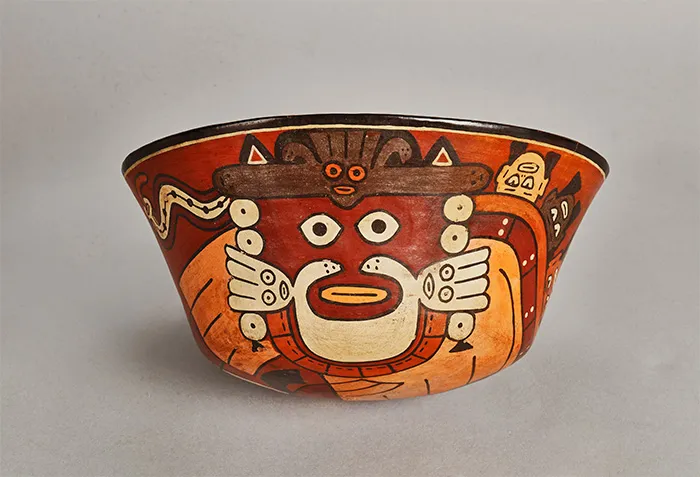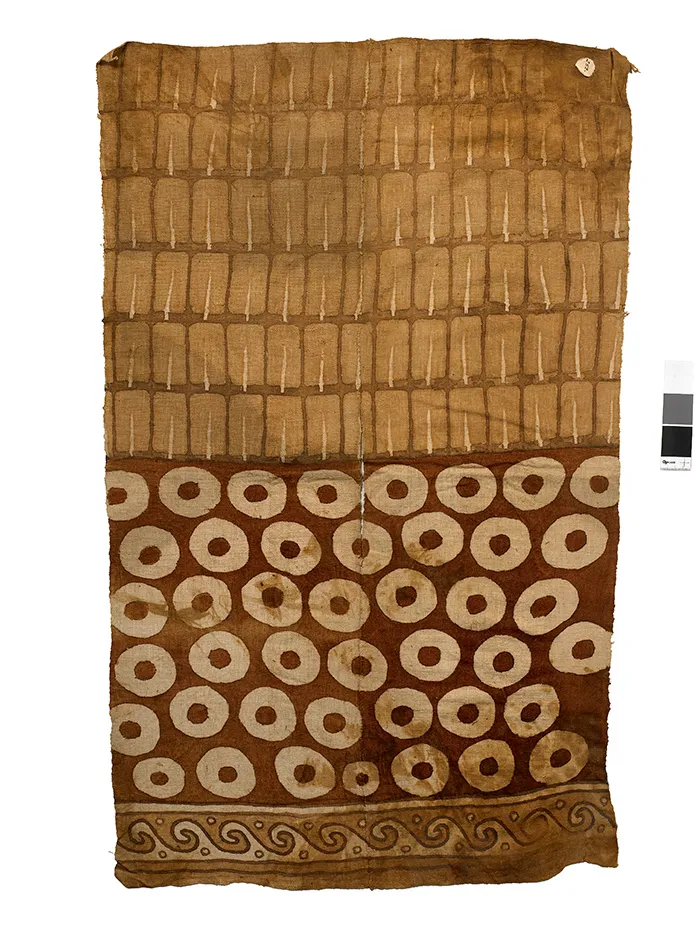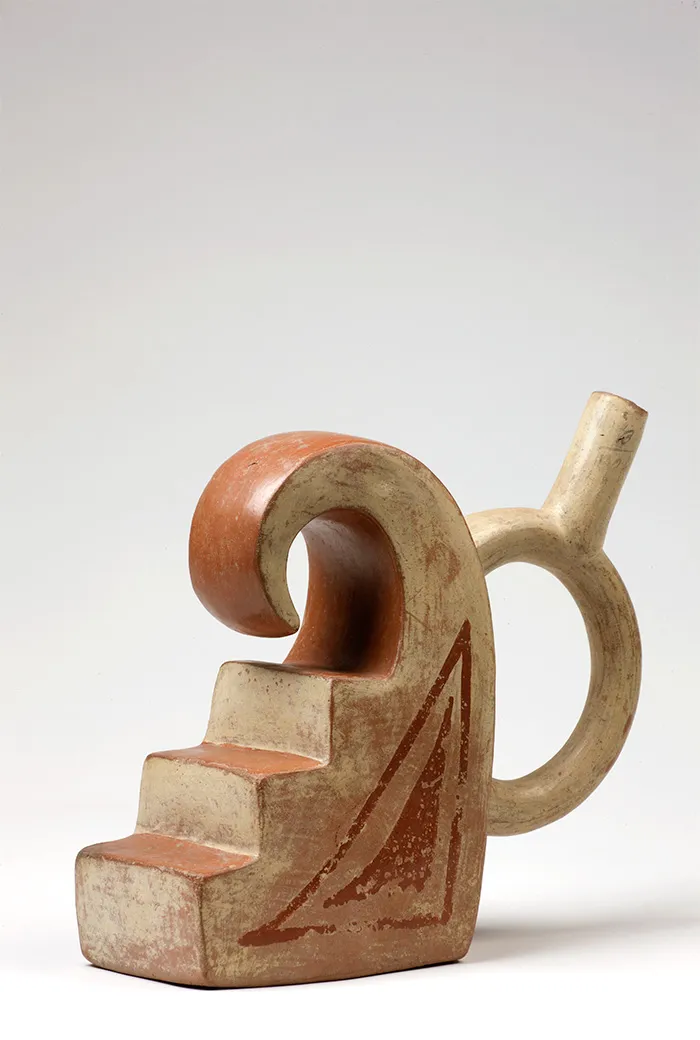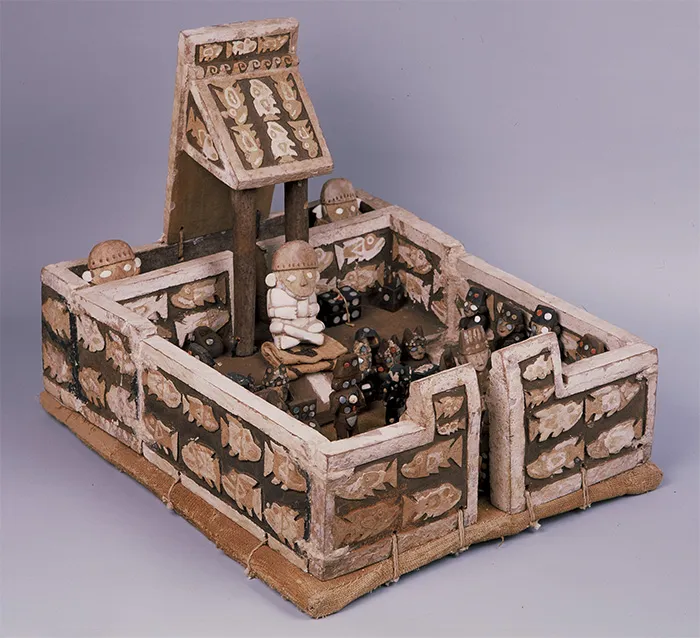The Inca Empire and Its Deep-Rooted Origins
Introduction
The Inca Empire is often seen as the defining civilization of Peru’s past, but it did not emerge in isolation. Instead, it was built upon traditions and cultural elements that had been evolving across the central Andes for thousands of years. As discussed by Cecilia Pardo and Jago Cooper, the Incas inherited and refined the knowledge, beliefs, and artistic expressions of numerous earlier societies.
A Ceremonial Tunic: A Glimpse into Chancay Culture
Approximately 1,000 years ago, an intricately designed tunic was completed. Though it might resemble a modern tablecloth, the presence of a slit in the center indicates it was intended to be worn. However, this was no ordinary garment. The vibrant painted decorations suggest it had a ceremonial significance.

The Unique Geography of the Andes
The Andes region is one of the most environmentally complex areas on Earth, featuring coastal deserts, towering mountains reaching nearly 7,000 meters above sea level, dense rainforests, and the rich marine ecosystem of the Pacific. While this diversity provided abundant resources, it also posed significant challenges, such as the periodic effects of El Niño. This climatic phenomenon, characterized by warming ocean waters, could cause prolonged heavy rains, devastating crops and settlements. Conversely, extended dry periods risked expanding the desert, making survival even more difficult.
Over time, societies in the central Andes adapted ingeniously to these conditions, developing sophisticated agricultural techniques and social structures. Their ability to harness local resources enabled numerous cultures to flourish, though some eventually collapsed due to environmental pressures. Despite cycles of rise and decline, a continuous cultural thread can be traced back to around 1200 BC, beginning with the Chavín civilization and culminating in the renowned Inca Empire of AD 1400–1532.

The Isolation of Andean Societies
Unlike civilizations in Europe, Africa, and Asia, which frequently interacted and influenced one another, the societies of the central Andes developed in relative isolation. This led to the creation of a distinctive way of life, one that functioned without currency, writing, or even a linear concept of time. The absence of these conventional societal foundations challenges common perceptions of what is necessary for a successful civilization.
A Different Understanding of Time
Western societies typically perceive time as a linear progression: the past is behind us, the present is now, and the future lies ahead. However, Andean cultures had a completely different concept of time. As Jago Cooper, Head of the Americas at the British Museum, explains:
“In the Andes, past, present, and future were believed to be happening simultaneously. This meant that the past was not fixed and the future was not unwritten—both could be altered by actions in the present. This perspective fundamentally changed how people made decisions, as it removed the conventional notion of cause and effect, which underpins Western science. Instead, Andean societies developed a web-like understanding of time, where past, present, and future were interconnected.”

Time and Ancestral Connections
This unique perception of time is evident in Andean archaeological findings. For instance, societies often referenced earlier cultures in their artistic and architectural designs. Additionally, funerary practices played a crucial role in bridging past and present. Cecilia Pardo, co-curator of the British Museum exhibition, describes an architectural model from Chan Chan, an ancient city in Peru’s coastal desert:
“The model depicts a palace where a ceremony is taking place. Music is played, maize beer is prepared, and three funerary bundles—corpses wrapped in textiles and buried in the fetal position—are placed on a stage, overseeing and guiding the ritual. This reflects the Andean belief that ancestors remained active participants in the community, effectively ‘coming back to life’ to influence the present.”
The Role of Hallucinogenic Substances
The Andean concept of time was further influenced by the use of natural hallucinogens, such as those derived from the San Pedro cactus. Jago Cooper explains:
“The San Pedro cactus contains powerful substances like DMT, which alter perception and disrupt the normal experience of time. Users often cannot distinguish between a few minutes and several hours, experiencing out-of-body sensations. This aligns with the Andean belief in moving between past, present, and future realms. Many cultural artifacts feature depictions of the San Pedro cactus, reinforcing its significance in their spiritual and temporal understanding.”

Conclusion
The civilizations of the central Andes, from the Chavín to the Inca, developed in relative isolation yet displayed remarkable ingenuity in their adaptation to their environment and conceptualization of time. Their artistic expressions, religious beliefs, and funerary customs illustrate a world where time was fluid, ancestors remained present, and survival depended on a profound understanding of the land. This unique perspective challenges conventional ideas about how societies function and what constitutes progress, offering a fascinating alternative to the linear view of history that dominates much of the world today.


